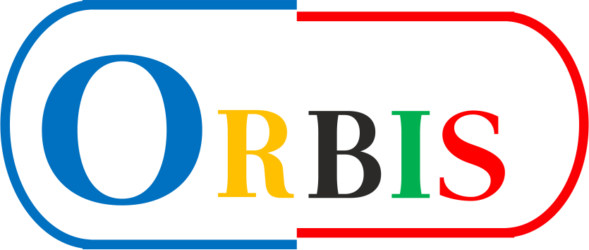
Work Package 2
Dosage forms and drug delivery systems
Design, develop and test new formulations for oral and topical delivery of drugs. In the first case, polymeric nano- and microparticles, minitablets, self-microemulsifying systems (SMEDDS) or mesoporous materials will be investigated as potential drug carriers for oral administration. Specific objectives will include: a) screening of the techniques and methodology useful to achieve high and accurate drug loading b) development and optimisation of finished oral dosage forms c) in vitro dissolution/release testing d) development of other advanced analytical techniques for improved characterisation of novel formulation platforms. The second research area will be focused on development of topical liquid (ionic liquids, microemulsions), semi-solid (hydrogels, organogels, creams) and adhesive (patches) pharmaceutical dosage forms. The obtained formulations will be subjected to in vitro experiments with the use of animal and/or human skin samples. In vivo test are also taken into consideration.
The main purpose is preparation and analysis of novel drug carriers. The efforts will focus on the advanced technologies for the oral drug delivery systems and design of nano- and micro-particles as carriers for various APIs. Multiple formulation and processing techniques will be applied, including freeze drying, rotary evaporation and ultrasonic atomisation of liquids (PUMS). The obtained carriers will be further coupled with UoH’s technology to formulate mini-tablets with the use of tablet presses suitable for compression of such systems. For the assessment and physicochemical evaluation of the designed systems various techniques will be used i.e. tensile strength assay, disintegration and dissolution testing (types I, II and IV) including a novel single particle dissolution test (UoH), chemical and photochemical stability control, electron microscopy, FTIR, Raman, NIR, PXRD, DSC and HPLC. Furthermore, the cutting-edge techniques suitable for gaining new insights into the structure of the dosage forms and drug delivery systems (as well as drug substances – WP1) will include a non-linear optical imaging microscopy with coherent antiStokes Raman scattering (CARS), sum frequency generation (SFG), and two photon electronic fluorescence (TPEF) for rapid, chemically and solid state specific imaging in 3D with (sub)-micron resolution. Moreover, a time resolved Raman spectrometry and microscopy, capable of resolving the Raman and fluorescence signals (the first of its type in the world), as well as low frequency Raman spectroscopy will be accessible for use at UoH. Design and optimisation of formulations for topical and transdermal drug delivery will also be carried out. The investigations will be oriented towards loading APIs into various drug delivery systems (DDS), such as hydrogels, organogels, creams, microemulsions, ionic liquids or unimolecular polymeric micellar formulations, aiming at the improvement of transcutaneous or transdermal drug permeation. The research will also include development of novel microneedle and iontophoretic transdermal drug delivery systems. The effects of multiple chemical enhancers on drug permeation into and across the skin will be evaluated. Moreover, the works will include chemical modelling of both the enhancer/retardant compounds as well as the modelling of lipid layers of the stratum corneum. Some attempts will be made to use nanospheres as potential carriers for topical delivery of various active agents, such as e.g. ionic liquids. Another issue proposed for implementation to this part will be the design and evaluation of transdermal and buccal patches. Both at the development stage as well as for the detailed characteristics of the designed DDS, with the special attention paid to the effects of various agents on drug release and skin permeability, multiple analytical techniques will be used, including DSC, thermo-optical assay, PXRD, oscillatory rheology, confocal microscopy, scanning electron microscopy (SEM), transmission electron microscopy (TEM), Raman spectroscopy and FTIR (available at UoH, RUTG, PUMS and TCD).

